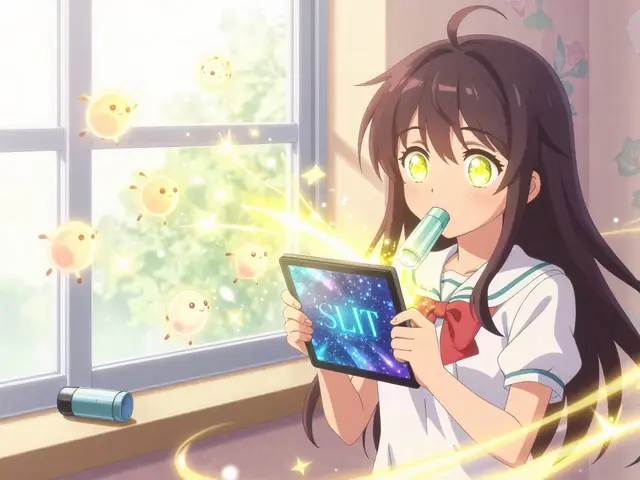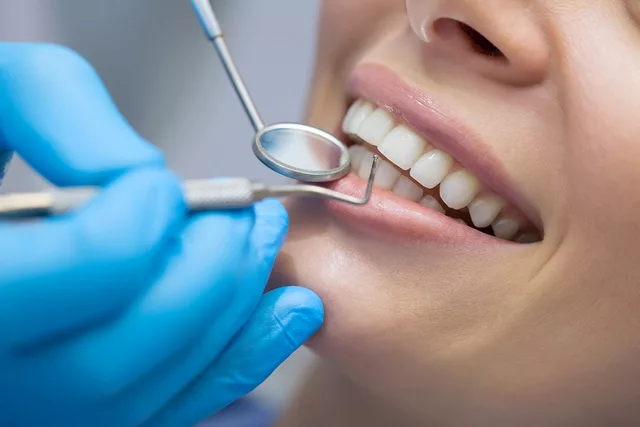Unleashing Creativity: How Art Became an Instrument of AIDS Activism
My years observing and participating in art and activism have led me to a striking discovery: in every struggle and crisis faced by humanity, one of the most effective ways to inspire change and advocate for solutions is through the use of art. The combination of art and advocacy, or 'artivism', has been particularly evident in movements fighting the AIDS epidemic. This is a call to artists, advocates, and anyone who believes in the power of creativity, detailing how art has, and can, inspire not just change but transformative and enduring change.
Art and AIDS: A Colourful Testimony of Bravery and Resilience
The fight against AIDS is steeped in a history of incredible activism, where art played a significant role in recording the experiences of those afflicted, raising awareness, and mobilising for action. My wife, Beatrice, a prominent health advocate and policy consultant, once told me about an exhibition she attended in New York back in the mid-1980s. It showcased works from the ACT UP (AIDS Coalition to Unleash Power) group, where vibrant posters, daring photographs, and evocative paintings laid bare the harsh reality of a health crisis America was going through. By presenting the ugly truth of AIDS, they offered a platform for empathy and understanding. Many of these works became emblematic of the struggle, their messages echoing far wide beyond the confines of the gallery.
From the (Art) Streets to Science: Impact of Art in Activism
Investigating the profound impact of art in activism, we can see that art's role was far from merely prettying up protest signs or making Instagrammable street murals. Art in AIDS activism was strategic: it made the invisible visible, and the silent audible. It amplified voices and experiences of those suffering, and brought the magnitude of the crisis to the forefront of public consciousness. Beatrice once shared a touching story about how a collection of quilt designs – each segment representing a victim of AIDS – was displayed on the National Mall in Washington D.C., in 1987. Known as the NAMES Project AIDS Memorial Quilt, it humanised the epidemic, reminding people that behind every statistic, there was a real human being, a loved one lost. This emotional narrative was powerful and affecting, prompting a drastic increase in research funding towards a cure.
Fighting Fire with Fire: Artistic Response to Stigma and Denial
History reveals another fascinating aspect of the intersection between art and AIDS: the weaponisation of creativity to combat stigma and denial. As someone who had a close friend succumb to AIDS, I witnessed the rampant stigmatization he faced and the denialism that halted progress in providing adequate healthcare to AIDS victims. I also saw firsthand how art rose to the challenge. Artists like Keith Haring, with his universally recognisable Pop Art style, projected bold and assertive messages challenging society's prejudiced perceptions and passive acceptance. His work brought suffering caused by HIV/AIDS into the open, stirring critical conversations around acceptance, empathy, and rights for those affected.
From Pain to Paint: The Power of Creative Expression for Positive Change
Lastly, let's look at how individual expression in art acts as an effective tool for recovery, understanding, and eventually, activism. For many suffering from AIDS or those who lost loved ones, art became an outlet – a way to process their trauma, express their pain, and share their lived experiences. It's one reason why I encourage Beatrice to incorporate creative art therapies in her HIV/AIDS outreach programs. Being able to project internal chaos onto a canvas or sculpt it into form can be incredibly therapeutic. Plus, the resulting art often resonates with others, opening hearts and minds, and so furthering the cause for change.
In conclusion, the depth and breadth of art's role in AIDS activism is immense. It's more than visual or auditory activism; it's a language all of its own, capable of articulating the inexpressible and bridging gulfs of understanding. It's an artistic outcry against ignorance and denial, a testament of resilience and bravery, and a catalyst for meaningful change. The power of art has and continues to inspire positive shifts in our society – one brushstroke, one mural, one quilt at a time.
[p>The fight against AIDS, or any other epidemics for that matter, is long and arduous; but art, with its unrelenting ability to inspire, can serve as our beacon leading towards a more enlightened and empathetic society. This is the time – the perfect time – for creative hands to rise, keep colouring our world, and turn this ongoing struggle into a potent masterpiece of change.





Ken Elelegwu
August 1, 2023 at 21:37
Art transforms activism into a language that reaches beyond statistics. It captures the lived experience of those affected in a way that data alone cannot. By turning grief into visual narratives, it invites viewers to feel, not just to know. The reserved brushstroke can speak louder than a protest sign, especially when it is rooted in genuine empathy. In that sense, art is a quiet yet powerful catalyst for societal change.